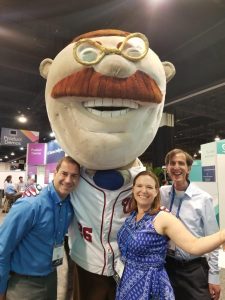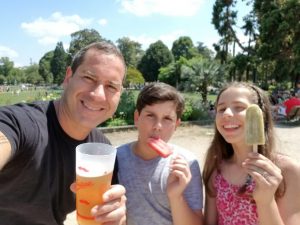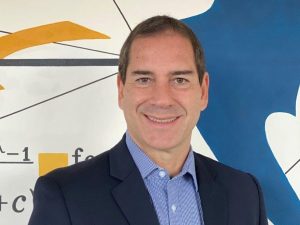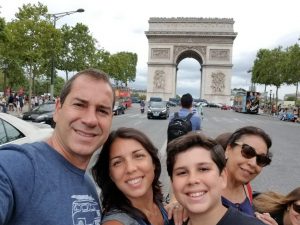As the COVID-19 virus jetted to pandemic status, folks around the company, including Carlos, were tapped to come up with data-driven solutions – fast.
“Until we have a vaccine, one of the most effective ways to curb the spread of COVID-19 is by implementing Nonpharmaceutical Interventions, called ‘NPIs’,” Carlos explained. “Mobility tracing is a type of NPI that we can take to help slow the spread of viruses, apart from getting vaccinated or other pharmaceutical solutions.”
By now, you’ve heard about our work helping customers combat the coronavirus pandemic. As COVID-19 numbers rose rapidly and cities around the world shut down; SAS ramped up. From our Viya-powered COVID-19 dashboard to deployment-ready models, our teams moved quickly to be there for our customers when they needed us most.
Our models have helped customers make sense of the data to navigate the pandemic and continue to empower leaders to make informed decisions. But what exactly do these models do, and who brought them to life? Enter Carlos Pinheiro. He’s a Principal Data Scientist, a soccer aficionado and part of the mindpower behind our mobility tracing technology.
- Enjoying a music festival in Bordeaux
- Carlos Pinheiro, Principal Data Scientist
- Carlos’ family enjoying a vacation in France
Tracking trends with mobility tracing
Mobility tracing is a type of network analytics that uses anonymized subscriber data provided by telecommunications companies to estimate a population’s movements. “When these movements are aggregated over time, we start understanding the population’s mobility behavior; how people move around in specific geographic areas over time,” Carlos said. “Some locations are very interconnected, even though they’re not geographically close to each other. These flows of people create bridges that spread the virus wider.”
For every mobility network that’s created a set of relevant characteristics (or “network metrics”) are calculated. Based on this set of information, SAS can estimate the overall trajectories of the virus throughout the country.
“There’s loads of code under the hood of this project, but as we know, a picture is worth a thousand words,” explained Carlos. The result is a set of interactive reports that show the volume of population flows over time, high-risk locations, demographic information, positive case predictions, and more. Companies, universities and local authorities use these reports to be better informed about the spread of the virus. Deciding when to open or close geographic locations, predicting and optimizing medical resources, navigating public transportation shutdown, and more are just a few examples of how these reports may be used help make critical decisions for communities.
I’ve always been curious, sometimes even skeptical. Data tells the truth – I find that comforting somehow.
Powered by curiosity
For Carlos, his work is driven by curiosity. “I’ve always been curious, sometimes even skeptical. Data tells the truth – I find that comforting somehow,” he explained. “Data helps us understand why some things happen, and when they’ll happen. We can help companies better understand their customers, protect them from financial risk and fraud, and more,” he said. “But we can also help our communities and society. We can use analytics to make the world better.”
Due in part to his constant curiosity, Carlos is always learning – “Not just about technical stuff, but also about customers, different industries, cultures, and more,” he explained. “But my favorite part about SAS is that I have a lot of fun working here – sometimes it doesn’t even feel like I’m working!”
An art and a [data] science

When it comes to data science, Carlos says persistence and resilience is key. “Sometimes things that worked well for a previous problem don’t work at all for the current project you’re working on. We never get rid of the trial and error process. Sometimes that’s the fun part – and actually, the rewarding part,” he shared.
When a hypothesis fails, the experimentation starts. “It’s an art and a science,” said Carlos. “We start evaluating different approaches and techniques, we work with new features, and hopefully, at the end, something works. That part is very rewarding.”
Outside the office
When he’s not solving problems in our Global Technology Practice, you’ll find Carlos playing or coaching soccer. “As a Brazilian, of course I love soccer,” he said. “I love futsal too - as you get older, the field needs to get smaller,” he laughed.
He also enjoys traveling: “I love visiting different countries and learning about different cultures.”
Curious to learn more about how SAS is making a difference in the global fight against COVID-19? Check out our COVID-19 Data Analytics Resource Hub and stay tuned to hear about more People Behind the Models.



